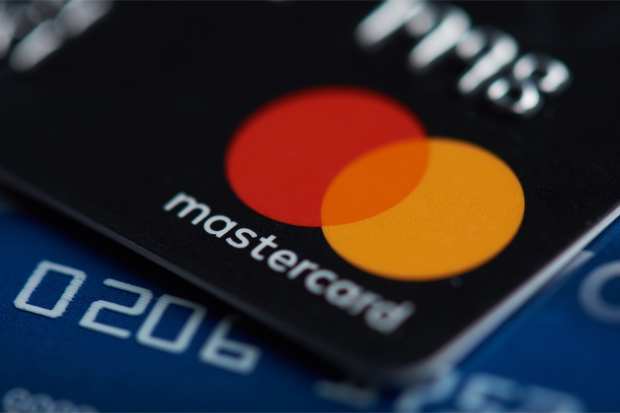Mastercard’s X-Border Volumes Gain 16 Percent

Mastercard posted fourth quarter results Wednesday (Jan. 29) that showed increased spending on cards and across borders up double digits.
Management expressed confidence about continued uptake of new payment flows such as with instant payments, and contactless payments in card-present situations.
The headline numbers show that Mastercard’s adjusted earnings of $1.96 were nine pennies better than expected, while revenues of $4.4 billion, up 16 percent year on year, was slightly better than consensus.
Supplemental materials from the company show that gross dollar volumes were up 12 percent year on year to $1.7 trillion. In the United States, those transactions were $507 billion, compared with $465 billion last year, representing 9 percent growth. Within that tally, debit and prepaid grew by 6.3 percent to $253 billion, while credit (the remainder) was up 11 percent.
Switched transactions were up 19 percent to 23.8 billion, and Mastercard said card growth was 5 percent to 2.6 billion in the fourth quarter of 2019.
Cross-border volumes were up 16 percent, continuing a trend of mid-teens percentage growth, and representing a revenue contribution of $1.4 billion.
On the conference call with analysts after the earnings results were announced, CEO Ajay Banga said that while the company continues to monitor geopolitical situations, macro trends remain in place, as the U.S. consumer remains “stable” and Europe has held up “reasonably well” even against the backdrop of Brexit. He called out renewals with Citibank and said Mastercard is also expecting to announce a renewal/extension with Capital One. The firm is also rolling out new credit and debit solutions for small and medium-sized businesses (SMBs) later this year.
In separate commentary, CFO Sachin Mehra noted that through Jan. 21, switched transaction growth has been 15 percent year over year, U.S. growth has been 11 percent and cross-border growth has been 15 percent.
With a nod toward the coronavirus — and how it might impact consumer spending across outbound corridors — management said it is too early to gauge the impact. However, Banga said a significant portion of spending from the China region has been done across eCommerce channels.
eCommerce spending, inbound and outbound from China provides “some level of a hedge,” said Mehra.
“We’ll keep an eye on it, very carefully,” Banga said.
Beyond that, most cross-border activity should remain in the double digits, said Mehra.
Banga also took note of the continued rollout of Click to Pay, the recently announced merchant authorization solution, across firms such as Fresh Direct and Saks Fifth Avenue, which are now live. Contactless also gained traction, representing more than 30 percent of card present transactions, he told analysts.
New payment flows, he said, are leveraging existing rails to facilitate new use cases. Bank of America is using Mastercard Send across B2C transactions in the U.S., while in the insurance space Allstate is using Mastercard Send for instant claims payout.